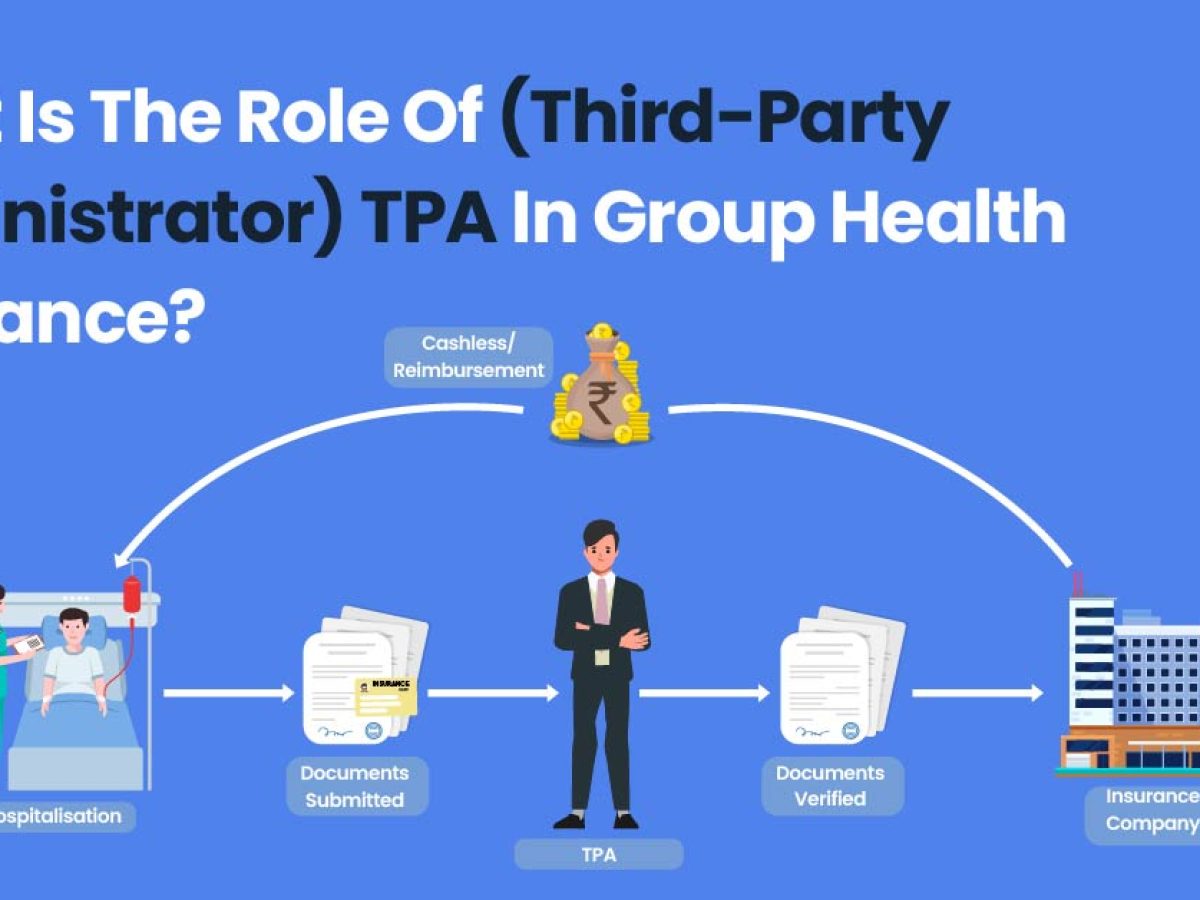The Of Pacific Prime
Table of ContentsWhat Does Pacific Prime Do?Pacific Prime Fundamentals ExplainedThe Of Pacific PrimeThe Ultimate Guide To Pacific PrimeThe 8-Minute Rule for Pacific Prime

This is because the data were accumulated for a period of solid financial efficiency. Of the approximated 42 million individuals that were without insurance, all yet regarding 420,000 (concerning 1 percent) were under 65 years of age, the age at which most Americans come to be eligible for Medicare; 32 million were adults between ages 18 and 65, about 19 percent of all grownups in this age; and 10 million were kids under 18 years old, about 13.9 percent of all children (Mills, 2000).
These quotes of the number of individuals without insurance are created from the annual March Supplement to the Current Populace Study (CPS), performed by the Census Bureau. Unless or else noted, nationwide quotes of individuals without medical insurance and percentages of the populace with various kinds of protection are based on the CPS, the most widely made use of resource of price quotes of insurance coverage and uninsurance rates.
What Does Pacific Prime Do?

Still, the CPS is especially beneficial since it creates annual estimates reasonably quickly, reporting the previous year's insurance protection approximates each September, and since it is the basis for a constant collection of estimates for more than two decades, permitting analysis of trends in coverage with time. For these factors, in addition to the considerable use the CPS in other studies of insurance policy protection that exist in this report, we depend on CPS quotes, with constraints kept in mind.

The quote of the number of without insurance people expands when a populace's insurance coverage status is tracked for a number of years. Over a three-year period beginning early in 1993, 72 million people, 29 percent of the U.S. https://pacificpr1me.wixsite.com/my-site-1/post/pacific-prime-your-trusted-partner-in-international-health-insurance. populace, lacked protection for at least one month. Within a solitary year (1994 ), 53 million individuals experienced at the very least a month without protection (Bennefield, 1998a)
Six out of every 10 without insurance adults are themselves used. Functioning does enhance the probability that one and one's household members will have insurance, it is not a guarantee. Also members of families with 2 full-time wage earners have practically a one-in-ten chance of being uninsured (9.1 percent without insurance price) (Hoffman and Pohl, 2000).
Pacific Prime for Beginners
New immigrants make up a considerable percentage of people without wellness insurance. One evaluation has actually attributed a considerable section of the recent growth in the size of the U.S. uninsured populace to immigrants that got here in the country in between 1994 and 1998 (Camarota and Edwards, 2000). Recent immigrants (those who concerned the USA within the previous four years) do have a high rate of being without insurance (46 percent), however they and their children represent just 6 percent of those without insurance policy across the country (Holahan et al., 2001).
The partnership between wellness insurance and access to care is well established, as documented later in this chapter. Although the connection in between wellness insurance and health results is neither direct nor basic, an extensive medical and health services research literature links medical insurance coverage to improved access to care, better quality, and improved individual and populace wellness standing.
Levels of analysis for examining the results of uninsurance. This discussion of health insurance coverage concentrates mainly on the U.S. populace under age 65 since essentially all Americans 65 and older have Medicare or other public insurance coverage. Moreover, it focuses particularly on those without any wellness insurance coverage for any size of time.
A Biased View of Pacific Prime
The troubles encountered by the underinsured are in some aspects similar to those encountered by the without insurance, although they are typically less severe. Wellness insurance policy, nevertheless, is neither necessary nor adequate to get access to clinical solutions. The independent and direct effect of health insurance policy coverage on accessibility to health services is well developed.
Others will obtain the healthcare they require even without medical insurance, by paying for it expense or seeking it from service providers that supply care free helpful hints or at extremely subsidized prices. For still others, health and wellness insurance policy alone does not ensure invoice of treatment due to various other nonfinancial obstacles, such as an absence of health treatment providers in their area, restricted access to transport, illiteracy, or etymological and cultural distinctions.
The smart Trick of Pacific Prime That Nobody is Discussing
Official study about uninsured populations in the United States dates to the late 1920s and early 1930s when the Committee on the Expense of Healthcare generated a collection of records concerning funding physician office sees and hospital stays. This concern came to be salient as the numbers of medically indigent climbed during the Great Depression.